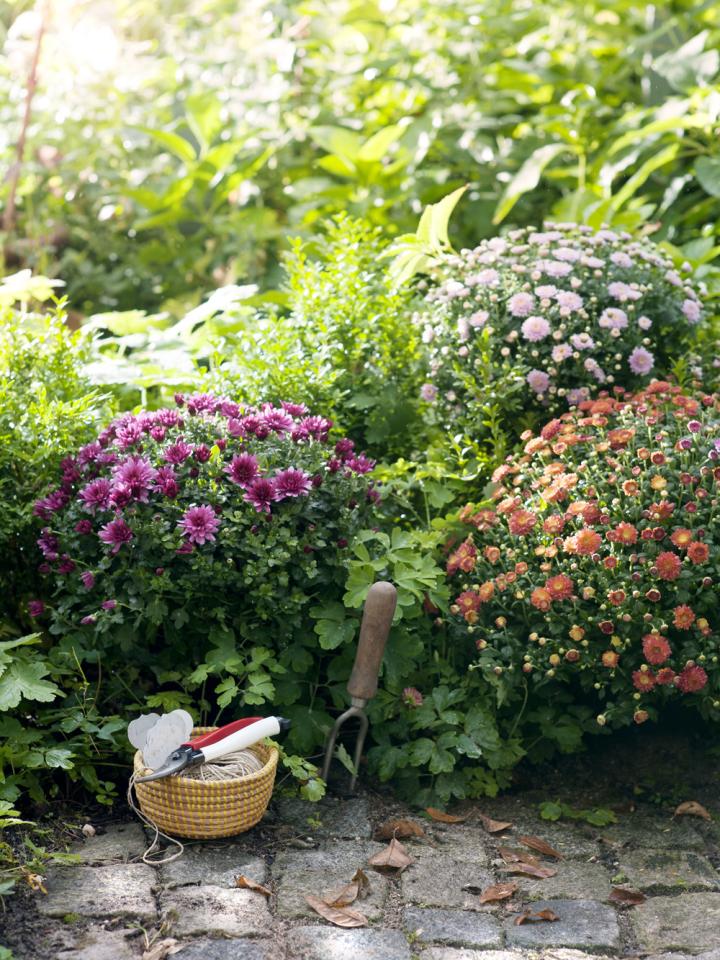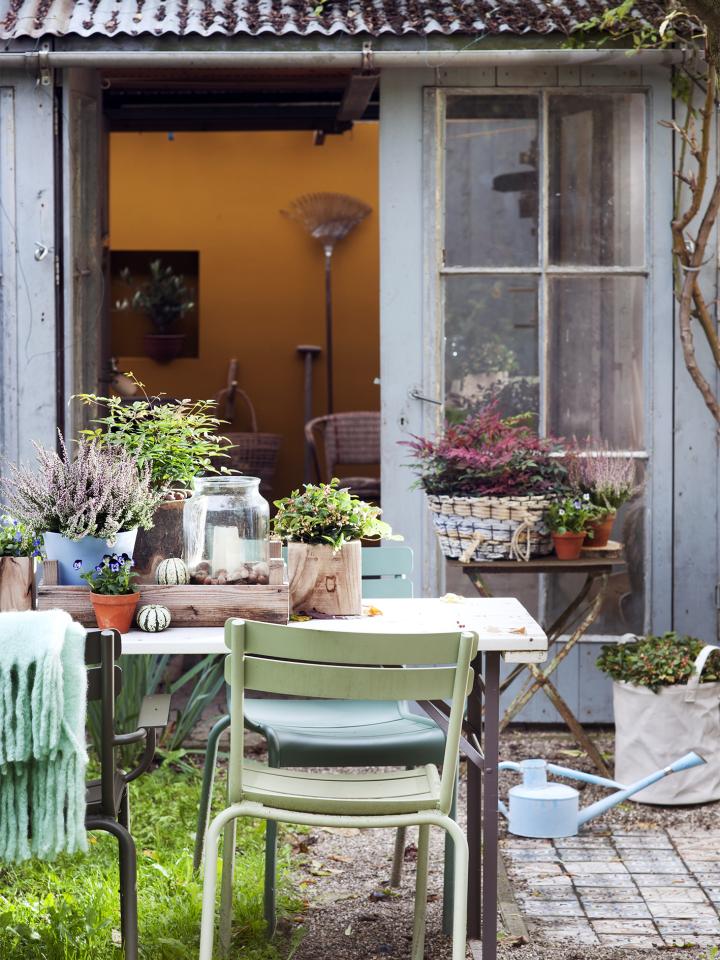Raised Plants
Bending down can be problematic for those with back problems or in a wheelchair. Raised pot plants can solve this issue by bringing the garden up to a more comfortable and accessible height, upcycle an old table or set of shelves for the perfect perch.
Find out more about raised pot and bed gardens, including how to build them and which plants work best, from the Royal Horticultural Society.
Vertical gardening
Living walls are the height of horticultural fashion right now and are easy to tend. Simply attach trellises to your exterior walls or fences and grow climbing plants, such as sweet peas, clematis and morning glory. Why not try the lovely passionflower which will happily follow canes and grow towards the sky.

Easy watering
To take the strain out of watering the garden, invest in soaker hoses, which emit water all the way along like a leaky pipe and can be laid permanently in garden borders.
Help and information
Thrive is a charity that offers a wealth of information on its website to enable people to continue gardening with a wide range of disabilities. There is advice on how to cope with specific gardening tasks for the elderly, stroke survivors, the partially-sighted and those with dementia, as well as an equipment and tool finder that helps to identify specific products suited to an individual’s needs.





